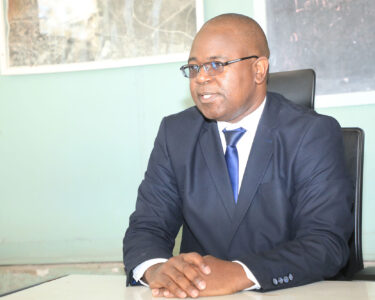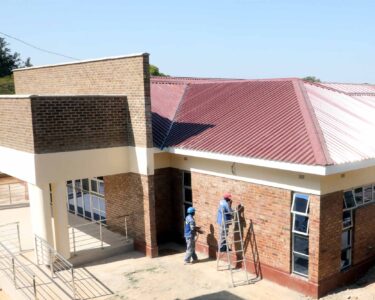The National Development Strategy, unveiled on 16 November, 2020,
covers an initial five-year period that runs from January 2021 to December
- The 308-page document touches on all the facets of the national
economy and sets the objectives, targets and expectations of each key
sector of the economy.
In Chapter 6, the document addresses infrastructure, utilities and the digital
economy, describing them as economic growth enablers. “During the NDS1
period, in order to enhance ICTs usage, measures will be put in place to
develop smart programmes such as smart government systems, smart
agriculture, smart health and smart transport and safe cities through using
ICTs,” the document cites.
It is against this background that the Zimbabwe Centre for High
Performance Computing has been tasked by government to drive the
country’s digital economy, by finding real-life and real-time solutions to the
country’s challenges as well as tying in Education 5.0 with industrialisation.
The Brick by Brick team of Editor-in-Chief Munyaradzi Huni and Senior
Correspondent Garikai Mazara paid a visit to the Zimbabwe Centre for High
Performance Computing, nestled within the University of Zimbabwe (UZ)
grounds, to hear what Dr Nelson Ruwa, the centre’s director, had to say
about the present and future of Zimbabwe’s digital economy.
To help Dr Ruwa to narrate that digital journey was Dr Paul Sambo, the
deputy director for applications, and Priscilla Handikatare, the acting deputy
director for systems support.
Take a listen, or rather, read on. . .
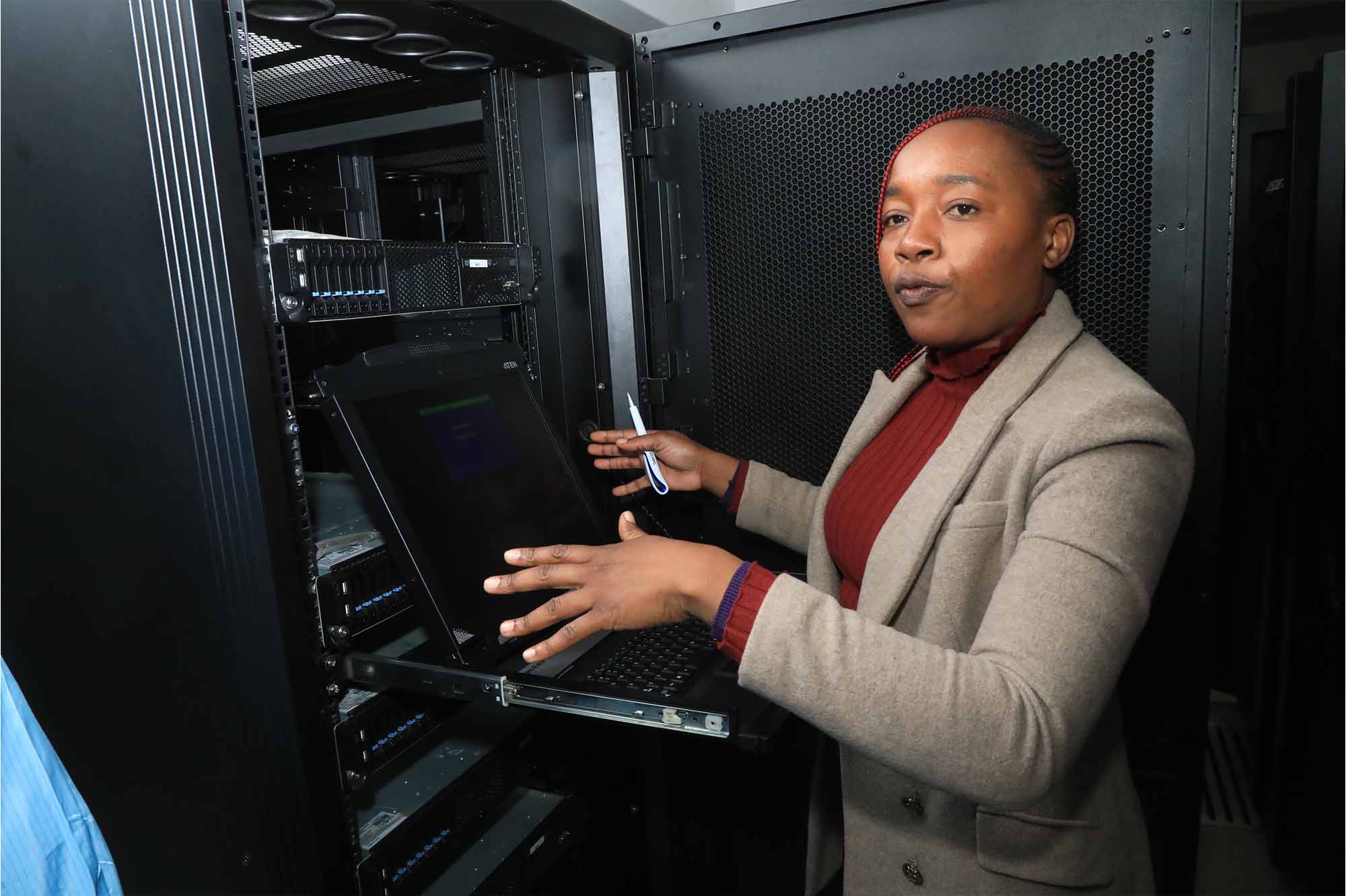
Dr Ruwa: The Zimbabwe Centre for High Performance Computing was
established under Statutory Instrument 168 of 2019, under the Ministry of
Higher and Tertiary Education. It has a supercomputer, that is the
infrastructure, the investment, that we have. The supercomputer is mostly
used by researchers in four fields, which are artificial intelligence and big
data, life sciences, geospatial and earth sciences and engineering in
general which covers a lot of ground like mechanical, electrical, geology
and chemical engineering. There is overlapping of these areas because
some of them don’t stand alone as silos, you can have engineering in
geospatial or engineering in life sciences.
The system support itself has some engineers who make sure that system
is working and accessible to all those who need its services. Today we will
be talking mostly of Phase 1, because a lot of space was left for Phase 2,
which we anticipate that by the end of this year, we might have Phase 2 up
and running.
As we move towards a digital economy, which is well spelt out in NDS1, we
talk about computers, algorithms and development of software for
development. The digital economy is there to solve problems and generate
revenue.
For example, in mining, we can help with exploration because as we speak
there are some minerals which we have not discovered or if they are there,
we are now seeking ways of how to exploit them better. We should have a
real-time connection with the mines, and help them map their operations.
In the financial sector, we use the supercomputer to monitor every
transaction. Financial transactions are taking place around
the clock and it is not feasible to monitor each and every transaction
manually, so the supercomputer is capable of monitoring transactions and
guide us as to transactions which might be detrimental to the economy or
fraudulent ones. We can be able to solve some of the economic challenges
using the supercomputer.
Then we have the geospatial aspect, for the purposes of which a satellite was recently
launched, through which we are able to follow weather patterns in real-time.
We can also monitor our geology, settlements and wetlands. Even our
agricultural land use, we keep on probing and finding solutions across all
areas of our economic activity. In health, we monitor information systems,
to help solve national problems.
Handikatare: The ZCHPC was launched in 2015 with the four domain
areas as already mentioned by Dr Ruwa. The system came after a
Memorandum of Understanding that was signed between the Zimbabwean
and Chinese governments.
The system is a heterogenous one as it has computing nodes and graphic
processing units. The GPUs addresses various areas, like big data
analysis, artificial intelligence and financial analytics. The computing nodes
are the ones addressing our meteorological services, the daily weather
forecasts. The Meteorological Services Department (MSD) used to take time to
provide weather forecasts, but when they started using the supercomputer,
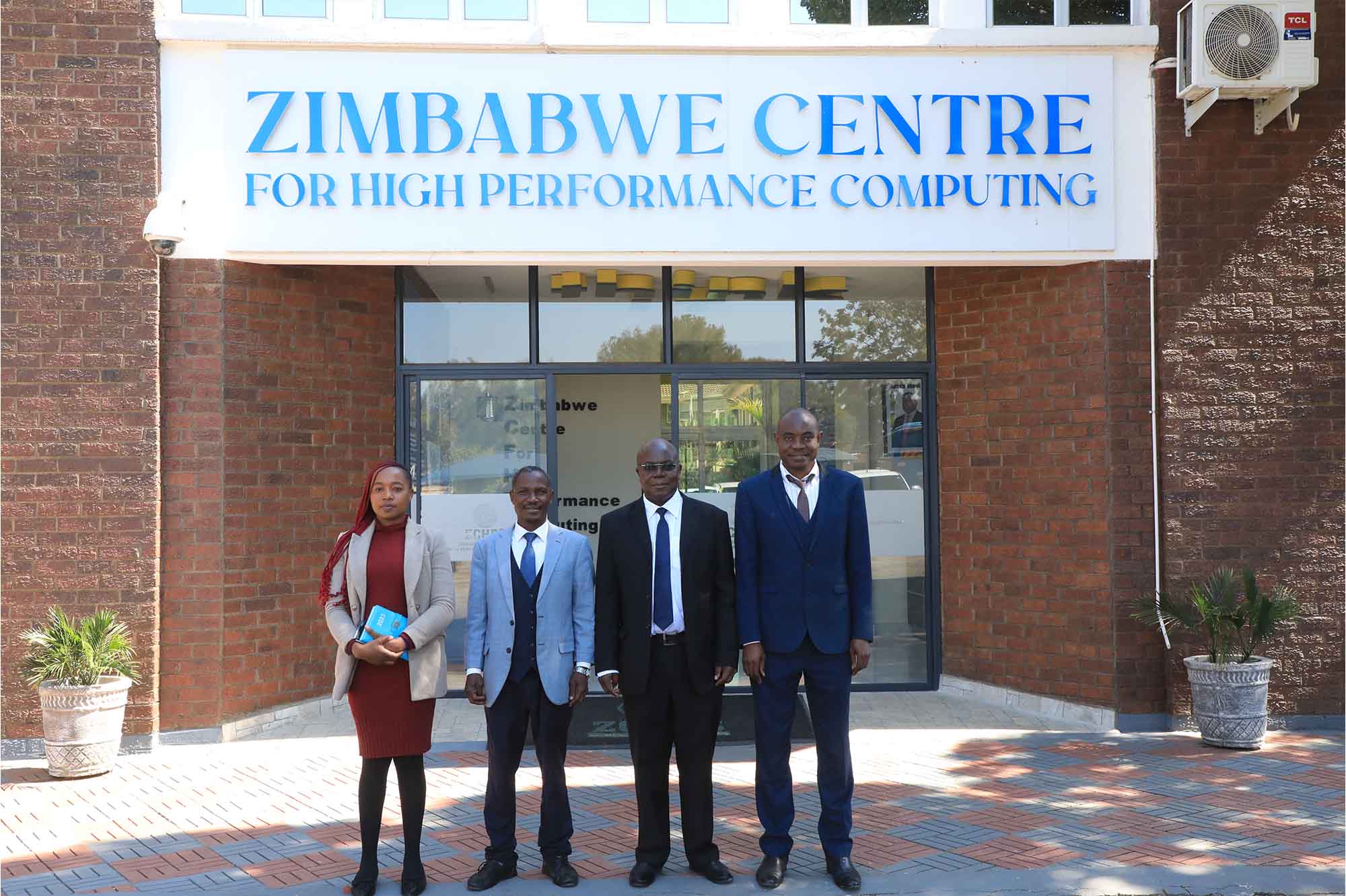
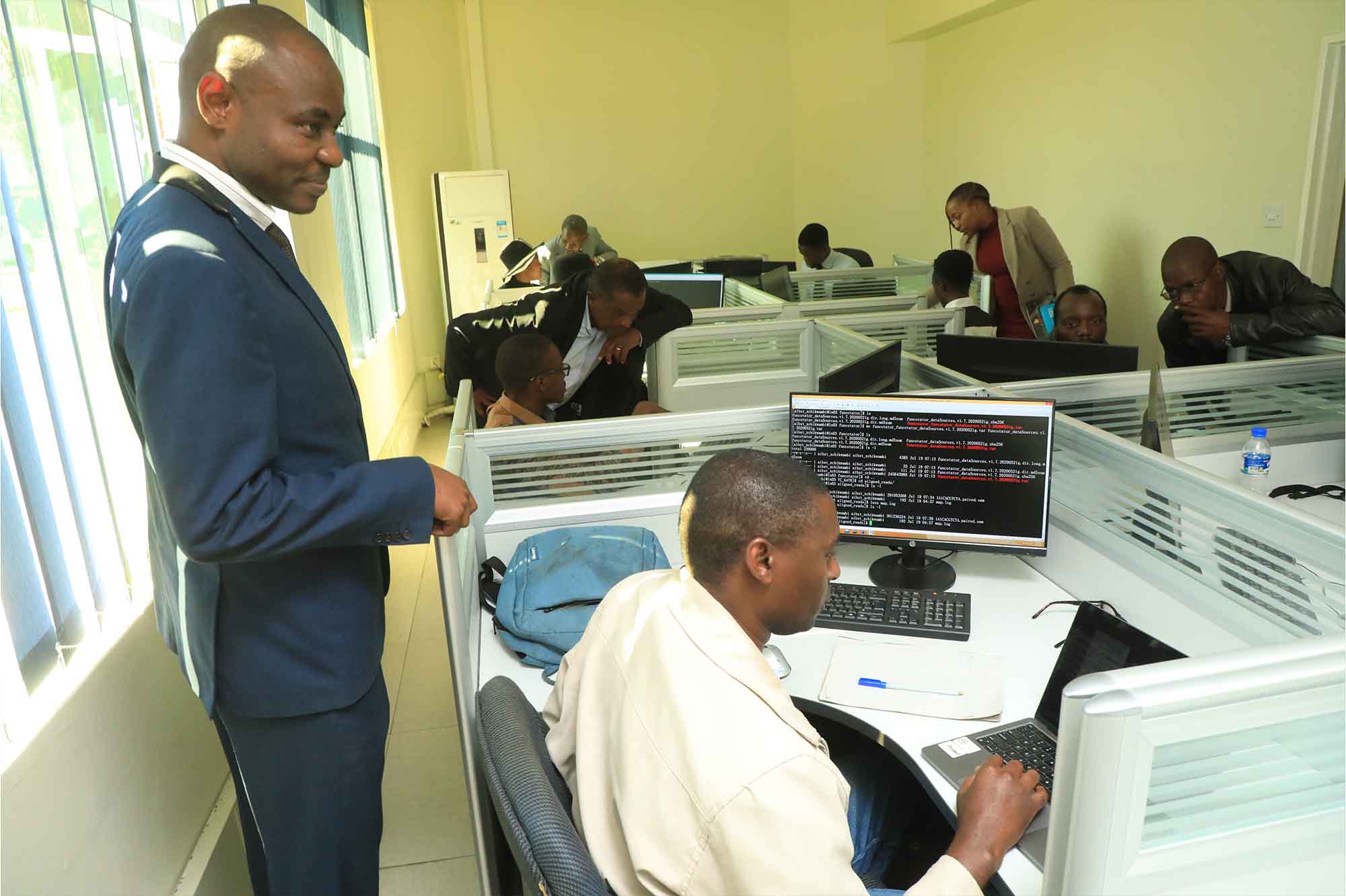
they are taking just 30 minutes to do a daily weather forecast.
Further, they are now capable of doing a forecast for a specific area, which
means even on our farms, the supercomputer is capable of doing a
weather forecast for a specific farm where previously only a comprehensive
weather forecast for the whole country was done.
As for the peak performance, our system is 36 teraflops and 1,660 cores
which is a combination of computing nodes and graphic processing units,
which are exposed for data processing. These resources are capable of
doing research in drug discovery, for example we are embarking on
research to come up with our own drugs which are suitable for our needs.
Right now we are taking drugs which are developed in other countries.
During the Covid-19 pandemic, China used a similar supercomputer to
research on the pandemic and find solutions appropriate to its environment.
In pursuit of Education 5.0, all the universities in the country are connected
to the supercomputer. We are also working with various industries so that
they can fund the various projects that we are working on.
Dr Ruwa: We want to leverage on the Ministry of Higher and Tertiary
Education’s blueprint, which was gleaned off the National Development
Strategy, which is titled Education 5.0. On top of the usual teaching,
research and community engagement, we have added innovation and
industrialisation. We are here in the middle, linking the universities to
industry. In this digital era, almost every industry has something to do with
a computer, so they definitely need the use of this supercomputer. If they
had not discovered it, we are here to help them to enhance whatever they
are doing, be it manufacturing or sales analysis, trying to project how the
economy is going to proceed in the coming five, 10 years.
Also in Education 5.0, there is what is called heritage-based education, that there are
talented students out there, either in primary schools or in high schools,
they are part of the heritage and if we don’t make use of them, it is up to us,
we lose their talents. They are the leaders of tomorrow, they have new
ideas that they can be able to develop under our guidance.
We have national programmes that we are working on, we are finalising
some of the things so that we can engage these universities in a
meaningful way in which they can contribute to industry. Dr Sambo can
give more information on where we are heading as guided by the
programmes that we are working on.
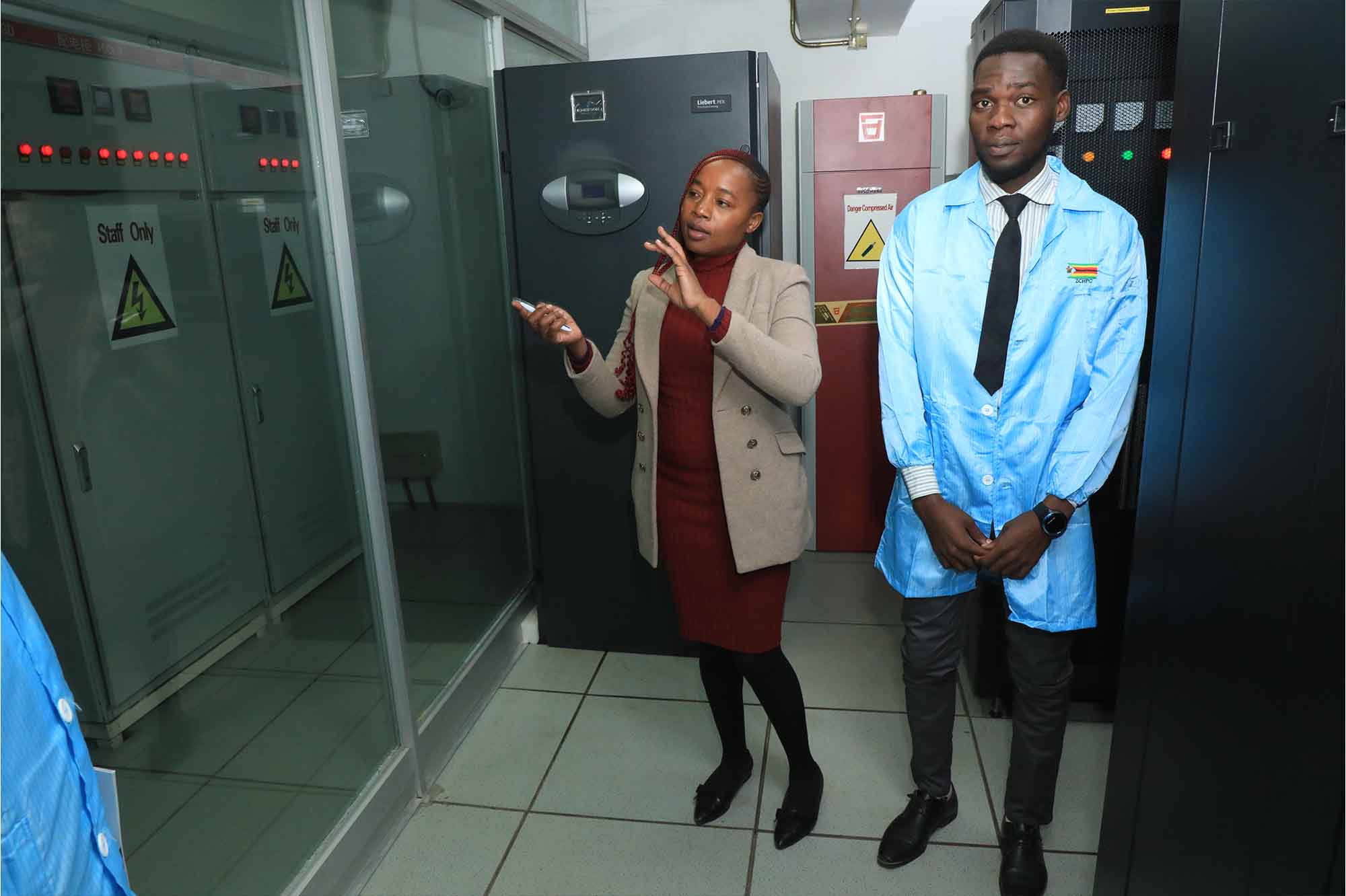
Dr Sambo: Let me start with Education 5.0, which came through the New
Dispensation, which was really a noble idea to make sure that we
capacitate our students to become entrepreneurs, and not employees.
As the centre, we were able to come up with programmes in all the four
disciplines where our students look at the challenges obtaining in the
country and work closely with industry. For example, the challenges with
the country’s power supply and the students will look at the projects at
Zesa that can be able to utilise the high-performance computing system,
work on those projects and try to solve those challenges.
We are working on real situations, unlike in Education 3.0, we are now
providing practical solutions to real-life situations. We have been working
with the banking sector, trying to solve their challenges. With the
capabilities of the high-performance computing system, we now stand
shoulder-to-shoulder with some of the developed countries inasfar as the
implementation of new technologies is concerned.
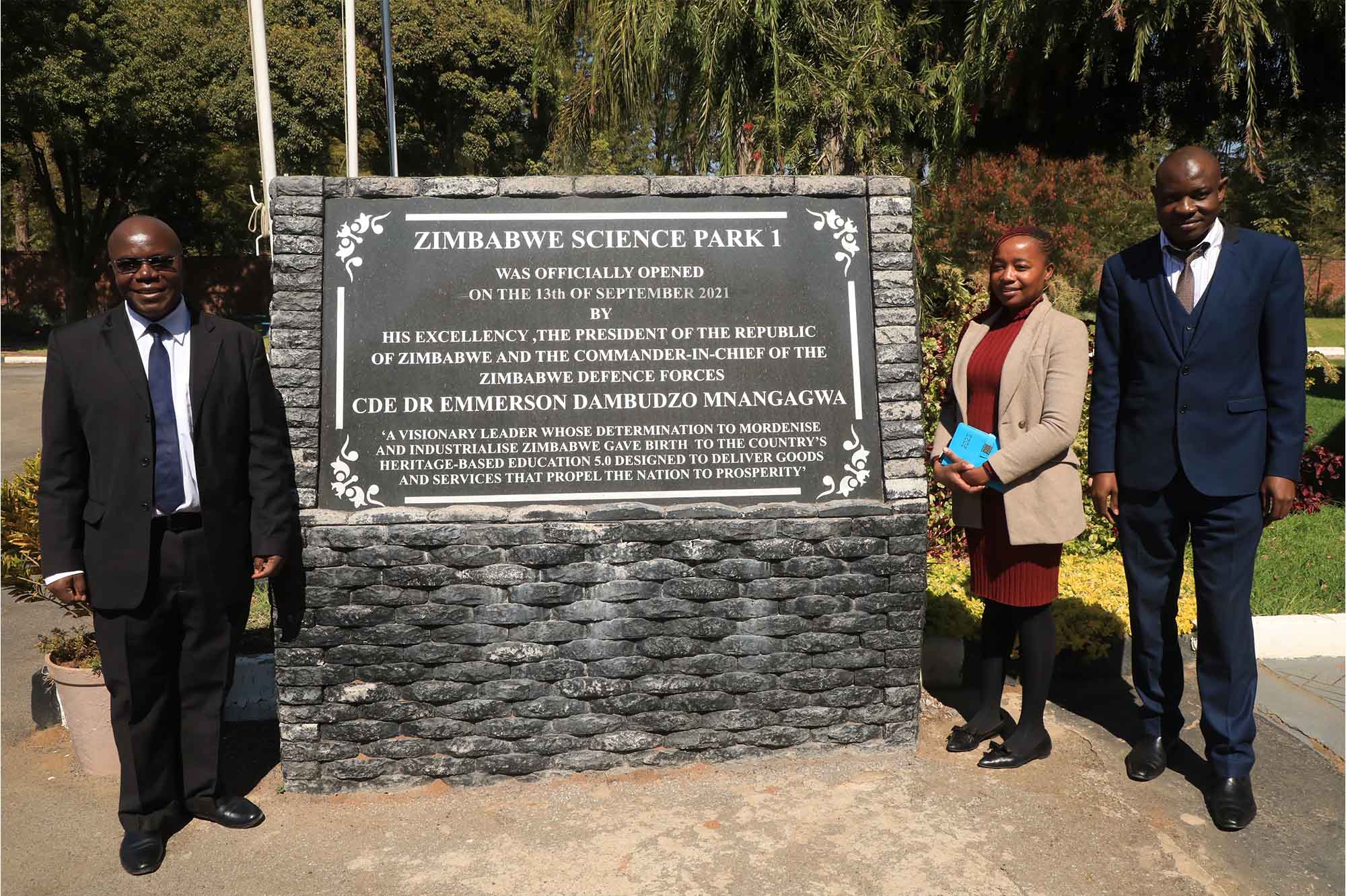
Dr Ruwa: There is also the aspect of what I would call corporate social
Responsibility, where we go to universities or we invite students to come
here and we sensitise them on how they can use the supercomputer to
solve real-life problems. They build their own supercomputers which they
use when they do their competitions. In robotics, they build smaller models
and they compete, like last time they went to India and won a prize.
Handikatare: When the Minister came in, we discussed the launch of a
programme called National Student Cluster-Building Competition and he
gave us a waiver to pick six students from each academic institution and
we trained them on how to build a mini-supercomputer, to know the
architecture of the supercomputer and be able to know how it can be used
to solve problems.
After the training, we organized a competition and Honourable Minister Professor
Amon Murwira paid fees for the winning students. The University of
Zimbabwe, the Midlands State University (MSU) and the National University of
Science and Technology (NUST) won overall and out of those we chose 20
students who went on to compete in a hackathon in India where Unicef [the United Nations Children’s Fund] had
identified African problems and these students were solving these
problems at an international forum.
There were 600 students competing in that hackathon and Zimbabwe
managed to scoop five gold medals and some of them are now joining start-
ups from that programme. This was a way of introducing the high-
performance computer to academics as well as luring them to come and
utilise the supercomputer. Currently, we have a NUST student who is using
the supercomputer to design a cancer drug, something that is very
positive.
Same as robotics, we are trying to introduce this to polytechnics where they
are capable of manufacturing robots. For example, during the Covid-19
pandemic some countries used robots to deliver food to patients in hospitals,
thereby minimising human-to-human contact. We need to teach our students to
identify national problems where they can come up with solutions, using
technology. That is the essence of a digital economy.
Dr Sambo: Aligned to that, there is a student who developed a Disaster
Management Information System which looks at an area with its roads and
infrastructure and if one of the roads or bridges is destroyed, say, during
floods, it re-computes alternative routes to reach the nearest disaster
management centre.
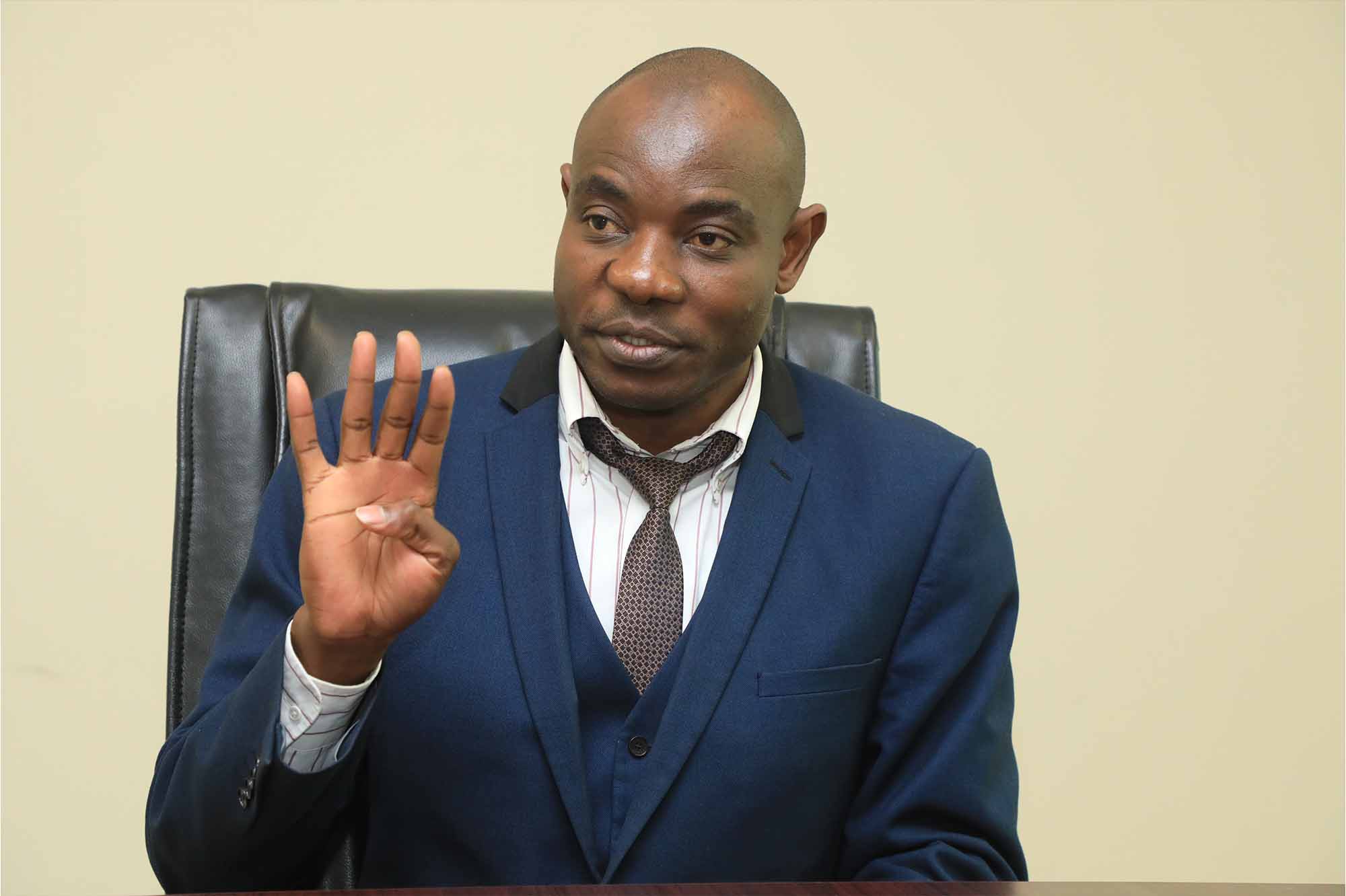
Handikatare: Tied to that, in 2016 the Scientific and Industrial Research
and Development Centre (Sirdc) approached us to do a flood analysis for
Muzarabani as they wanted to understand the flood terrain pattern. That
study helped us to understand how to react in the event of flooding in that part of the country.
After doing the analysis, the results were forwarded to the Civil Protection
Unit (CPU) who will use such information in the event of floods.
The Environmental Management Agency (EMA) also approached us for assistance with
a national wetlands masterplan and we now know the exact location of all
wetlands in the country.
We are also able to do simulations with a supercomputer. For example, if a
company wants to start assembling motor vehicles, instead of producing a
prototype and putting it to a physical test, they can use a supercomputer to
simulate its operating environments.
Dr Ruwa: Then there are challenges that we might be facing with Phase 1.
Remember this is a computer that was acquired in 2015, these are
challenges that we will address with Phase 2 whose arrival and installation
we anticipate in a few months’ time. We have already forwarded the
challenges that we faced, like capacity or flexibility – we gave all those
specifications to the guys who are working on Phase 2. The second phase
will also come with 3D scanning, not just the small scanners but something
that can scan a human being. We will also be able to do reverse
engineering, which will be used in aviation, space sciences, industries, etc.
When we were talking about Education 5.0, we talked about goods and
services, so we offer these services to use the supercomputer and
produce results out of it. We are expecting to be able to manufacture some
high-performance computing hardware. This year or early next year we
should be able to assemble them as our industry grows, we should be able
to manufacture some of the components and building some hybrid
systems.
But with the components that are already there, it is cheaper to ship the
components and assemble them here, which means more employment and
more industry in our country. That is something that we expect to be able to
do in the near future. Then we will be producing such supercomputers, that
you can actually see that people will be using miniature high-performance
computers and that they don’t have to rely on this one. This one is for big
projects which take a lot of data, but people have might need to have their
own supercomputer so as to decongest this much bigger machine.



